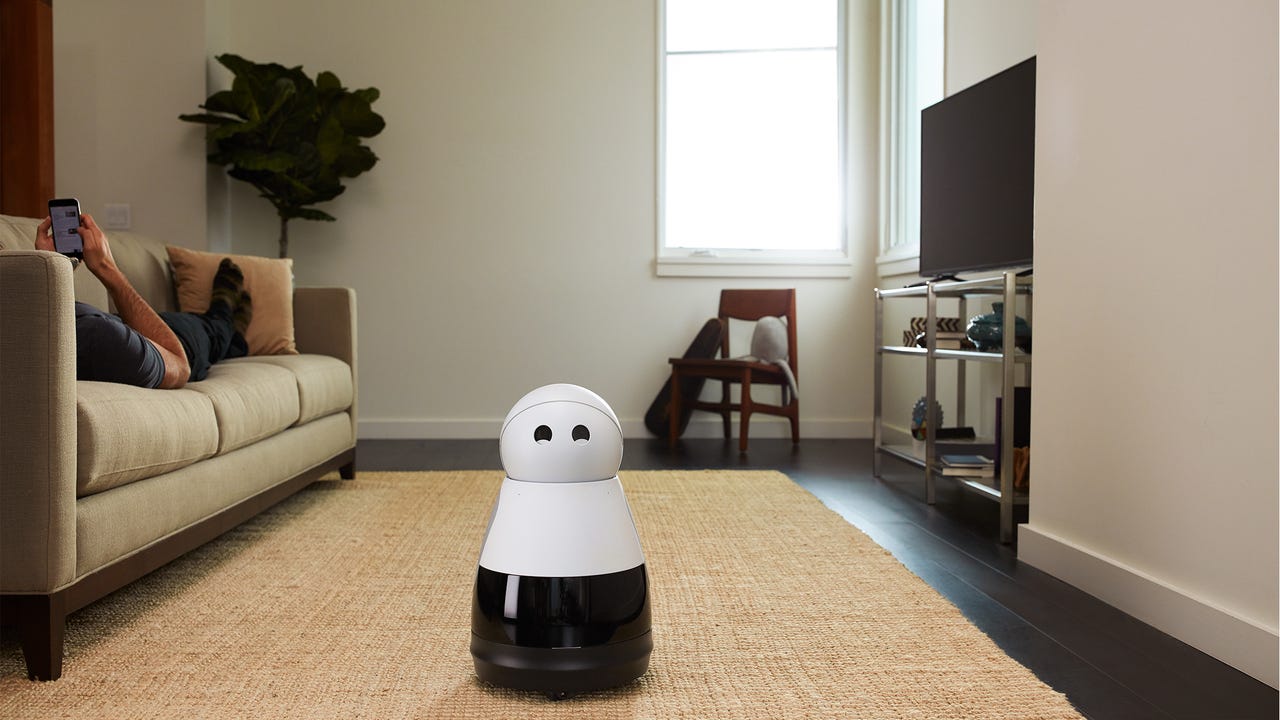CES 2017: Voice is the next computer interface


Mayfield's home robot Kuri only speaks in her own "robot language," but she does recognize and respond to voice commands.
Amazon's voice-activated assistant Alexa made a splash at CES in 2016, and at this year's show, Alexa is just about everywhere you look.
While Amazon has its own motivations for distributing its platform as broadly as possible, its momentum also represents a larger trend, according to Shawn DuBravac, chief economist for the Consumer Technology Association (CTA).
Speech recognition and vocal computing have reached an inflection point, he said at the Las Vegas conference, now that the word error rate (WER) has reached about 5 percent, effectively achieving human parity. In the mid '90s, the WER was effectively 100 percent. By 2013, it was around 23 percent.
On TechRepublic: CES 2017 Unveiled: A sneak peek at the newest tech
"We've seen more progress in this technology in the last 30 months than we saw in the last 30 years," DuBravac said. "Ultimately vocal computing is replacing the traditional graphical user interface."
The CTA estimates about 5 million voice-activated digital assistants have been sold to date, and that this figure will double in 2017.
There are other factors, along with better speech recognition, that are "ushering in a new era of faceless computing," DuBravac said. GUIs started to disappear with wearables and other non-traditional computing applications around 2010, he noted. That trend is expected to continue with "robots" like Mayfield's Kuri or Samsung's POWERbot VR7000 vacuum cleaner -- two devices officially unveiled this week at CES.
Kuri may be a bit pricey now -- it will cost $700 once it launches in the US -- but ultimately, removing GUIs should help lower the price and battery requirements of such devices. DuBravac noted that GUIs themselves were initially far too expensive, with the Xerox Star hitting the market in 1981 at $75,000. It took just a few years for GUIs to become commercially viable. Thanks to voice recognition, the CTA expects home robots to grow from around 2.9 million in 2016 to 5 million by 2020.
And as the technology advances, voice recognition features will become more nuanced and useful. For instance, financial services companies are already adopting voice-activated functions. Voice recognition will also drive a more sophisticated smart home market. The company Somfy, which has for decades made automatically retractable awnings, unveiled at CES its new voice controlled, all-in-one home security system, the Somfy One. "It's clear [voice] is the new interface of the home," Somfy's Jean-Marc Prunet told ZDNet.